Children's Vision

Healthy eyesight is a fundamental part of any child’s life, with poor vision presenting an array of obstacles in their development inside and outside of education. Early detection of possible vision impairments plays an important role in maintaining a healthy lifestyle for your child. The wellbeing of children is a cause we are highly passionate about, with paediatrics being a field our optometrist, Ms Pretty Basra specialises in.
We have a brilliant range of eyewear specifically for children with a variety of styles to suit all tastes including a new line of themed frames featuring kids’ favourite DC, Marvel, and Disney characters.
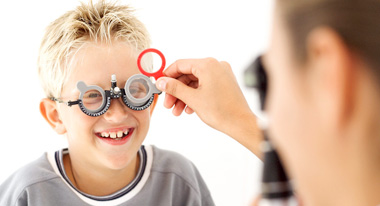
Amblyopia
Amblyopia (often called lazy eye) is a condition that impairs the eyes’ vision. It is caused by a lack of stimulation in the eye and can often be treated by glasses if the condition is spotted soon enough. The sooner it is spotted, the higher the chance of treatment being successful and the better your child’s long-term vision will be.
Strabismus
Similarly to Amblyopia, Strabismus (often called squint) usually occurs in the early stages of childhood and affects the coordination of the eyes; where one eye points forward, the other could be pointing outward. The sooner it is treated, the greater the chance of recovery, so it is very important that you take your child to be tested if you notice any lack of coordination between the two eyes.
When to have your children tested
- - If the need to wear glasses from an early age runs in the family
- - If squint or lazy eye runs in the family
- - If your child has special needs
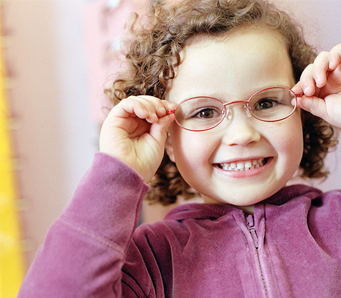

Signs to look out for
- - One eye turns in or out – this may be easier to spot when the child is tired
- - They rub their eyes a lot (except when they are tired, which is normal)
- - They have watery eyes
- - They have poor hand and eye co-ordination or are clumsy
- - Your child avoids reading, writing or drawing
- - They screw up their eyes or frown when they read or watch TV
- - They sit very close to the TV, or hold books or objects close to their face
- - Their behaviour or concentration is affected at school
- - They don’t do as well as they should at school
- - They complain about blurred or double vision, or they have unexplained headaches
Colour blindness
Colour-blindness is a decreased ability to see colour and perceive finer details between differing colours. It is recommended that you have your child tested for colour blindness as it affects 1 in 12 men and 1 in 200 women. Although many can live with colour blindness and not realise it, many types of colour blindness can have an impact on a child’s development. It cannot be cured, however there are multiple ways of managing colour-blindness including colour-tinted spectacles.
Protecting your child’s eyes from the sun
Exposure to the sun’s harmful ultraviolet rays can have detrimental effects on the eyes’ health, quickening the development of age-related eye disorders including cataracts and macular degeneration. However children who spend more time outdoors have the benefit of being less likely to develop short-sightedness. Necessary precautions in protecting your child’s vision include 100% UV protected glasses, and making sure they wear a hat with a sun visor.

Myopia (Short Sightedness)
Myopia is typically exhibited when a person has difficulty focusing one or both of their eyes on distant objects. The condition is usually caused due to the eye being too long as light rays passing through the cornea focus at a point in front of the retina.
Hyperopia (Long Sightedness)
The opposite of Myopia is Hyperopia where nearby objects are harder to focus on and appear to be blurred. Here the eye is too short and light rays focus at a point behind the retina.
Treatment is a simple one, as all three conditions can be corrected by eye glasses, contact lenses, and corrective eye surgery.
Astigmatism
Astigmatism affects the eyes in a similar fashion to Myopia and Hyperopia but is caused by an irregularly shaped cornea. Astigmatism can display both myopic and hyperopic symptoms, often displaying symptoms of both simultaneously.
Treatment
Treatment is a simple one, as all three conditions can be corrected by eye glasses, contact lenses, and corrective eye surgery.
What this means
Myopia, hyperopia, and astigmatism can all affect children from an early age which can either worsen or improve as the child grows. With many children having eye problems which go unnoticed until later in their life, we highly recommend both children and adults have regular eye examinations.






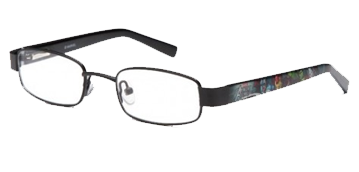
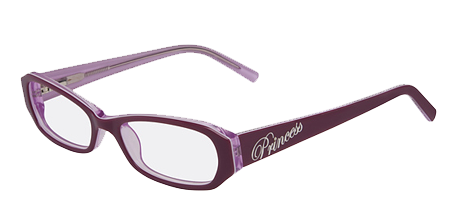
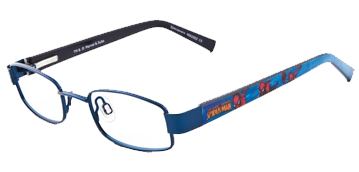

01302 349193
16 Priory Place, Doncaster, DN1 1BZ.
(Get directions)
Drop off and pick up is available directly in front of the practice. Longer stay parking is available at the Frenchgate Shopping Centre or other town centre car parks



Opening Hours
- Monday9am - 5pm
- Tuesday9am - 5pm
- Wednesday9am - 5pm
- Thursday9am - 5pm
- Friday9am - 5pm
- Saturday9am - 2pm

